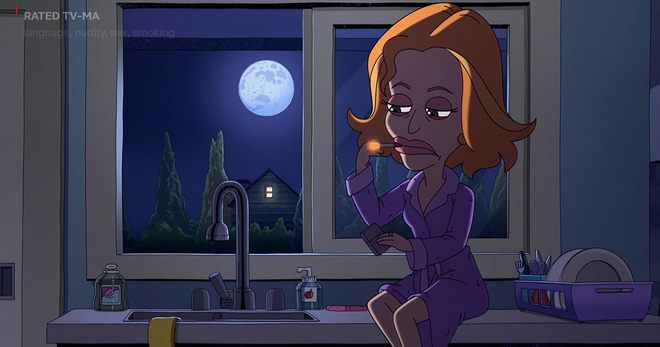As Oscar season kicks off, tobacco imagery still pervades movies
This year’s Oscar nominations, including PG-13 rated West Side Story and its onscreen smoking, come at a time when tobacco in movies remains a pervasive problem. More than a third — 38% — of top newly released movies in 2020 depicted tobacco, according to an analysis by the independent research institution NORC at the University of Chicago that is included in the latest Truth Initiative report on tobacco imagery in entertainment.
Established research shows exposure to smoking in movies can cause young people to start using tobacco, a conclusion reached almost a decade ago in a 2012 Surgeon General report. As youth vaping remains at epidemic levels, tobacco imagery in movies can contribute to an overall problem with the normalization and glamorization of smoking and vaping in entertainment media and pop culture.
Top offenders include movies that were rated appropriate for or appeal to youth
In 2020, 38% (27 out of 71) of top newly released movies featured tobacco depictions, including 10 movies that were rated appropriate for youth audiences, according to an analysis by the independent research institution NORC at the University of Chicago.
Amazon’s PG-rated movie “The Personal History of David Copperfield” included 13 total tobacco incidents, all images of cigars and pipes. The remaining 9 out of 10 youth-rated movies that included tobacco were rated PG-13, like Amazon’s “Words on Bathroom Walls” with 35 instances of cigars depicted and the independent animated movie, “My Hero Academia: Heroes Rising” with 22 instances of cigars. Cigars were the most common tobacco product shown in youth-rated films, according to the report.
Youth-appealing movies, such as “Wonder Woman 1984,” as well as Oscar-winning movies like “Promising Young Woman” and “Nomadland,” were included in the nearly 1,000 incidents of combustible tobacco depictions in 2020 top movies.
Ratings may no longer serve as effective tools
With the pandemic driving many movies directly to the easily accessible streaming platforms, ratings may no longer be a reliable tool to keep young people away.
Although media companies have taken some steps to reduce tobacco imagery in recent years, more must be done. Truth Initiative® calls for a comprehensive set of policies to curb tobacco preventions on screens, which includes but is not limited to urging content creators to develop transparent anti-tobacco policies, continuing and expanding education and outreach, and certifying no tobacco industry payoffs.
More in tobacco in pop culture
Want support quitting? Join EX Program
By clicking JOIN, you agree to the Terms, Text Message Terms and Privacy Policy.
Msg&Data rates may apply; msgs are automated.



